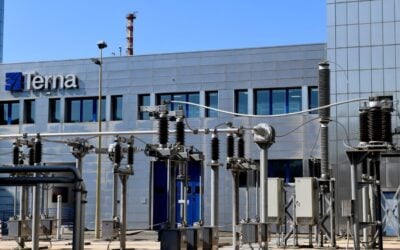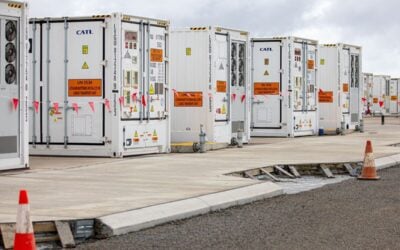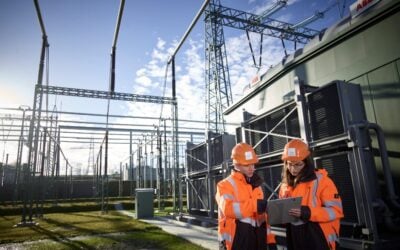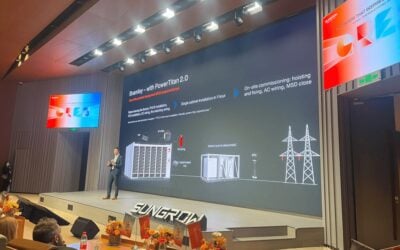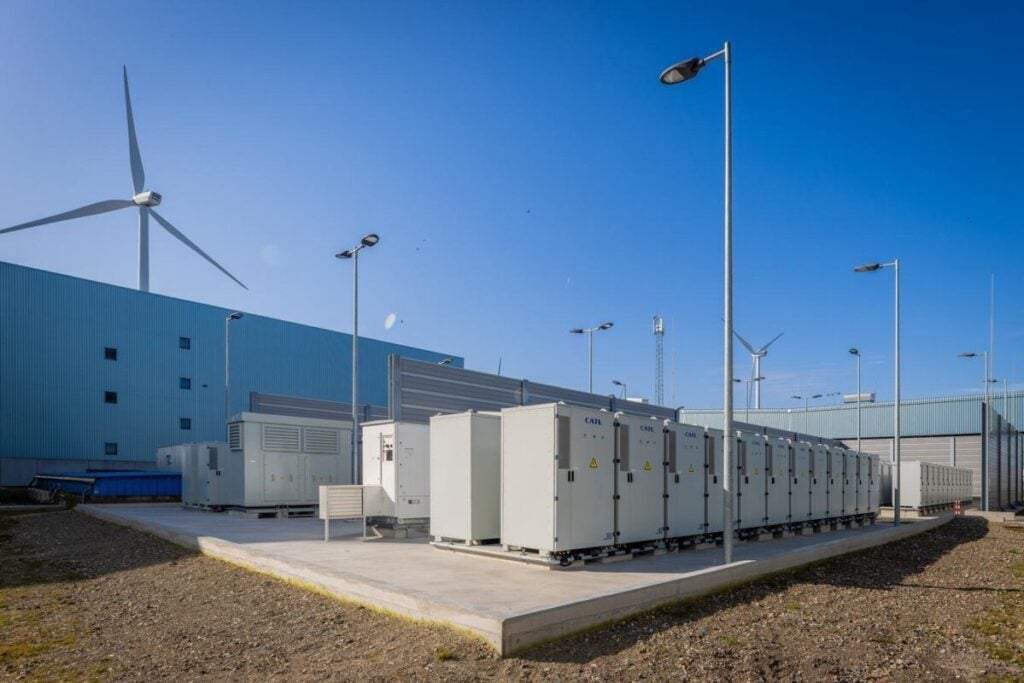
Independent power producer (IPP) RWE has commissioned a 35MW/41MWh BESS in the Netherlands, while commissioning is progressing on a second that will have grid-forming capabilities.
The 1.17-hour battery energy storage system (BESS) in Eemshaven is the company’s first in the Netherlands and will balance supply and demand on the Dutch grid, RWE said. It is comprised of BESS units from CATL comprising a total of 110 lithium iron phosphate (LFP) battery racks, and construction started a little over a year ago.
Enjoy 12 months of exclusive analysis
- Regular insight and analysis of the industry’s biggest developments
- In-depth interviews with the industry’s leading figures
- Annual digital subscription to the PV Tech Power journal
- Discounts on Solar Media’s portfolio of events, in-person and virtual
Or continue reading this article for free
The firm also said that commissioning is ongoing for its second project in the Netherlands, a 7.5MW/11MWh system with ultra-fast synthetic inertia capabilities, a type of grid-forming application. RWE said it would be one of the first of its kind installed on mainland Europe. A 200MW/400MWh grid-forming BESS was commissioned by Zenobe in Scotland earlier this month.
The two BESS projects are part of a wider system integration project for the 795MW OranjeWind offshore wind project by RWE in partnership with the IPP arm of oil and gas major TotalEnergies. The OranjeWind project is establishing new ways to integrate renewables into the Dutch energy system, including with electrolysers, smart charging stations for electric vehicles (EVs), electric boilers, and BESS.
The energy storage market in the Netherlands has progressed substantially in the past 18 months. At the start of 2024, grid fees were made more flexible, significantly improving the potential business case for storage.
Following that, a swathe of large-scale projects were financed or progressed, and, most recently, last month Lion Storage reached financial close on a 350MW/1,400MWh BESS, one of the largest in Europe to do so. A few weeks before that, the first 4-hour system, at 10MW/40MWh, came online.

